
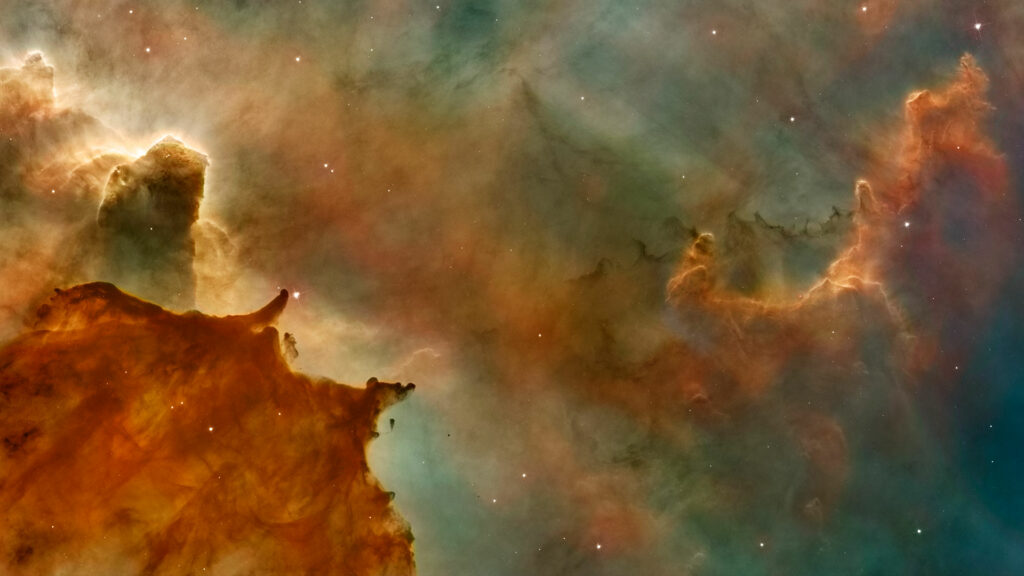
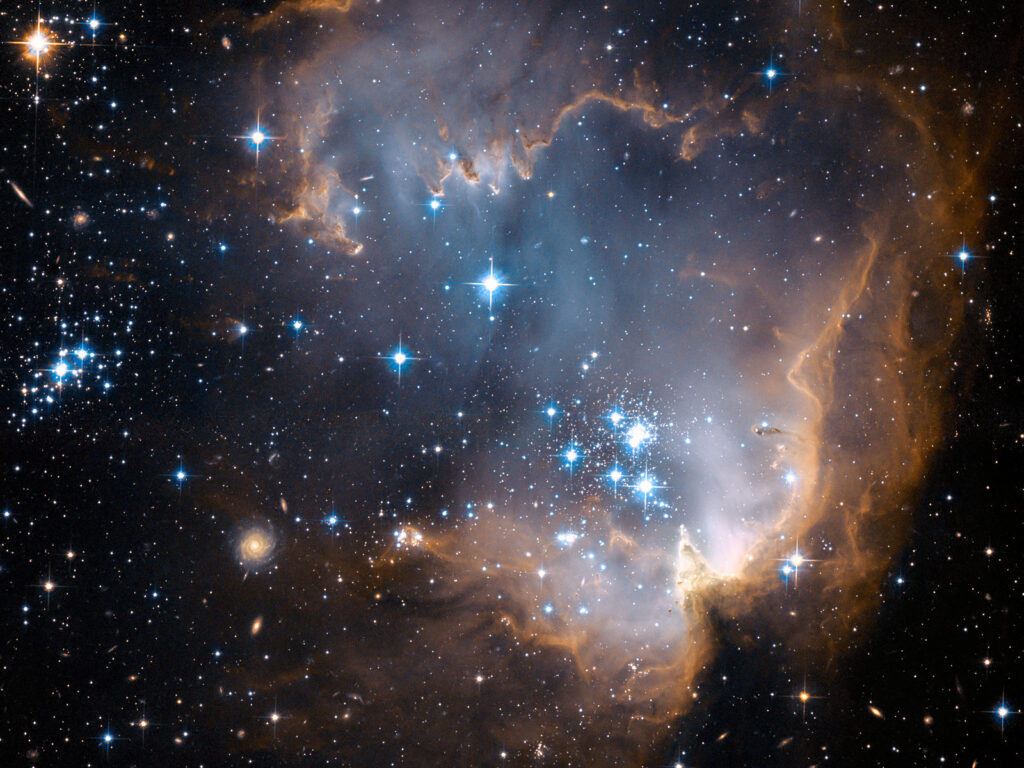
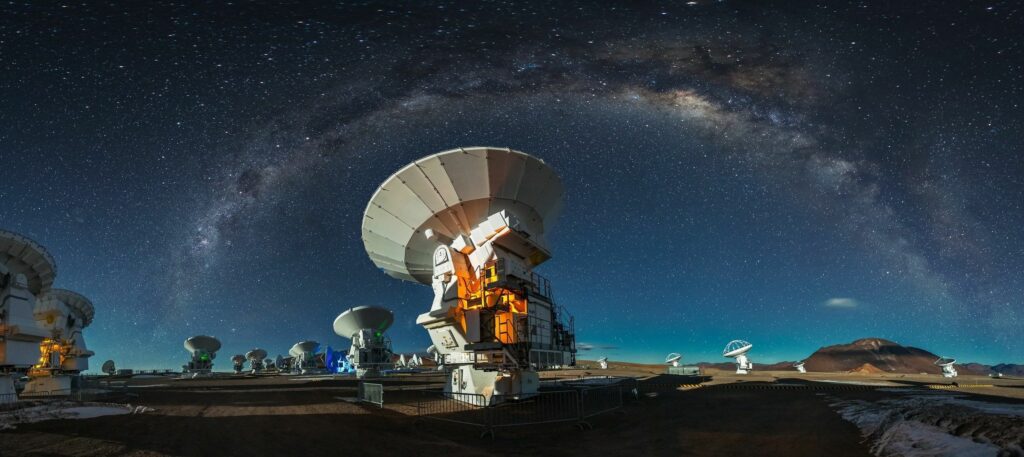
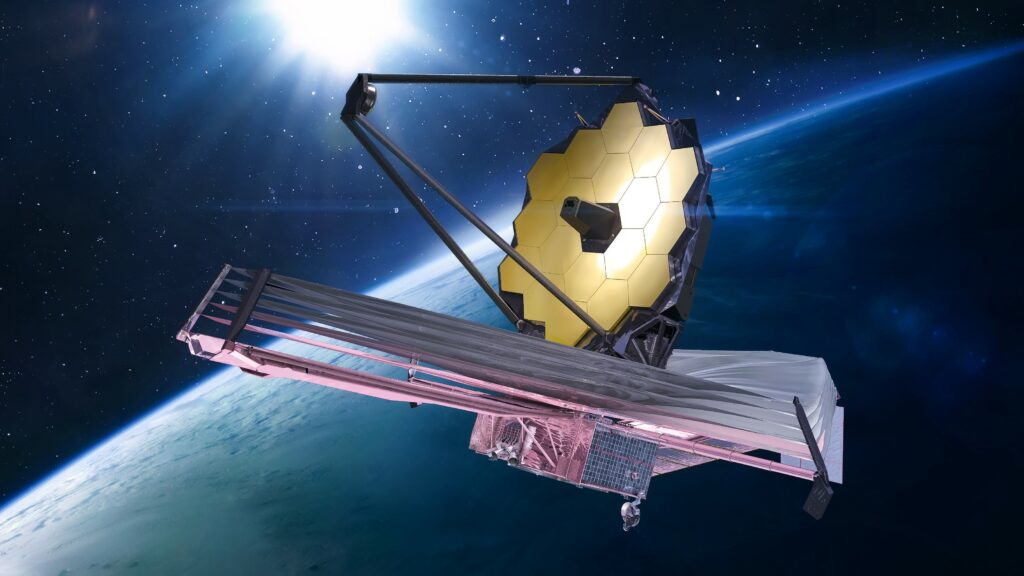







The interstellar medium plays a fundamental role in the life cycle of galaxies, acting as the reservoir from which stars and planetary systems form, and as the matter returned through stellar feedback processes. Tracing the evolution of the ISM from the early universe to the present day is essential to understanding galaxy formation, chemical enrichment, star formation histories, and the emergence of habitable environments.
Recent advances in both observations and numerical models, from JWST and ALMA to high-resolution simulations, now allow us to study the ISM across a wide range of epochs and environments. At the same time, the rapid development of artificial intelligence and machine learning is opening new avenues in numerical modeling, data analysis, and predictive simulations, enabling us to tackle the ISM’s complexity in unprecedented ways.
This Symposium aims to bring together experts in galactic and extragalactic ISM studies, star formation, astrochemistry, and cosmology to synthesize our current understanding and chart future directions.

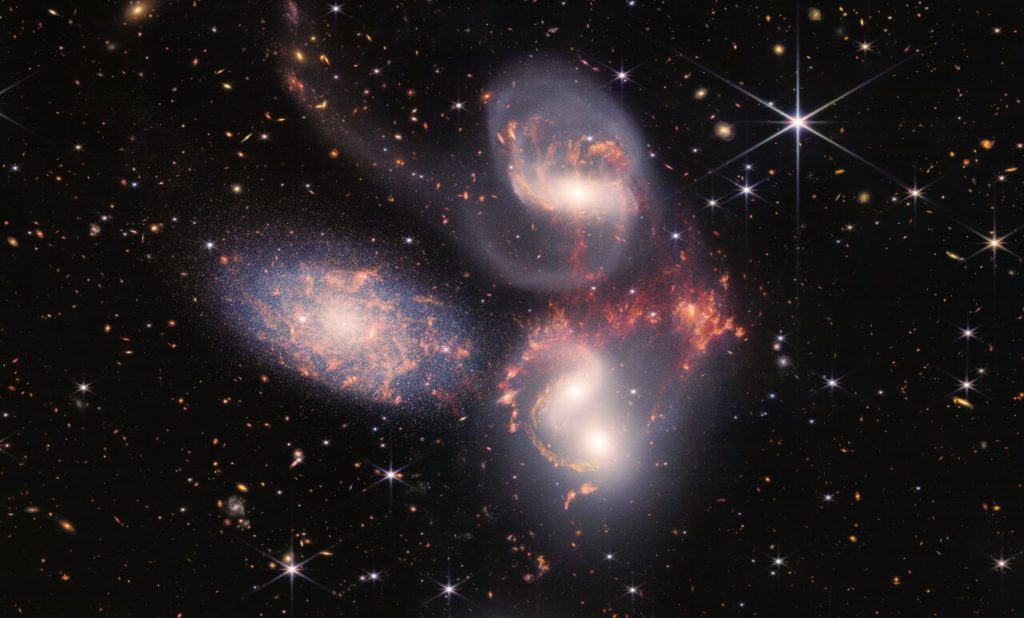
| Fee type | Price (Euros) | Valid until |
| Ph.D. Students | 300 | April 30 |
| Early Bird | 390 | February 28 |
| Regular | 450 | April 10 |
| Late | 490 | April 30 |
| Date | Action |
| November 30, 2025 | Registration Opens | Call for Abstracts | Early Bird Fee starts |
| January 30, 2026 | Abstract submission for oral presentation closes (poster submission remains open) |
| February 22, 2026 | Announcement of oral presentations |
| February 28, 2026 | Deadline for Early Bird Fee | Regular Fee starts |
| April 10, 2026 | Abstract submission for poster presentations closes | Deadline for Regular Fee | Late Fee starts |
| April 30, 2026 | Registration closes | Deadline for Late Fee |
| May 17, 2026 | Welcome reception! |
Please visit the link https://register.olympiansymposium.org/event/1 for all above info.